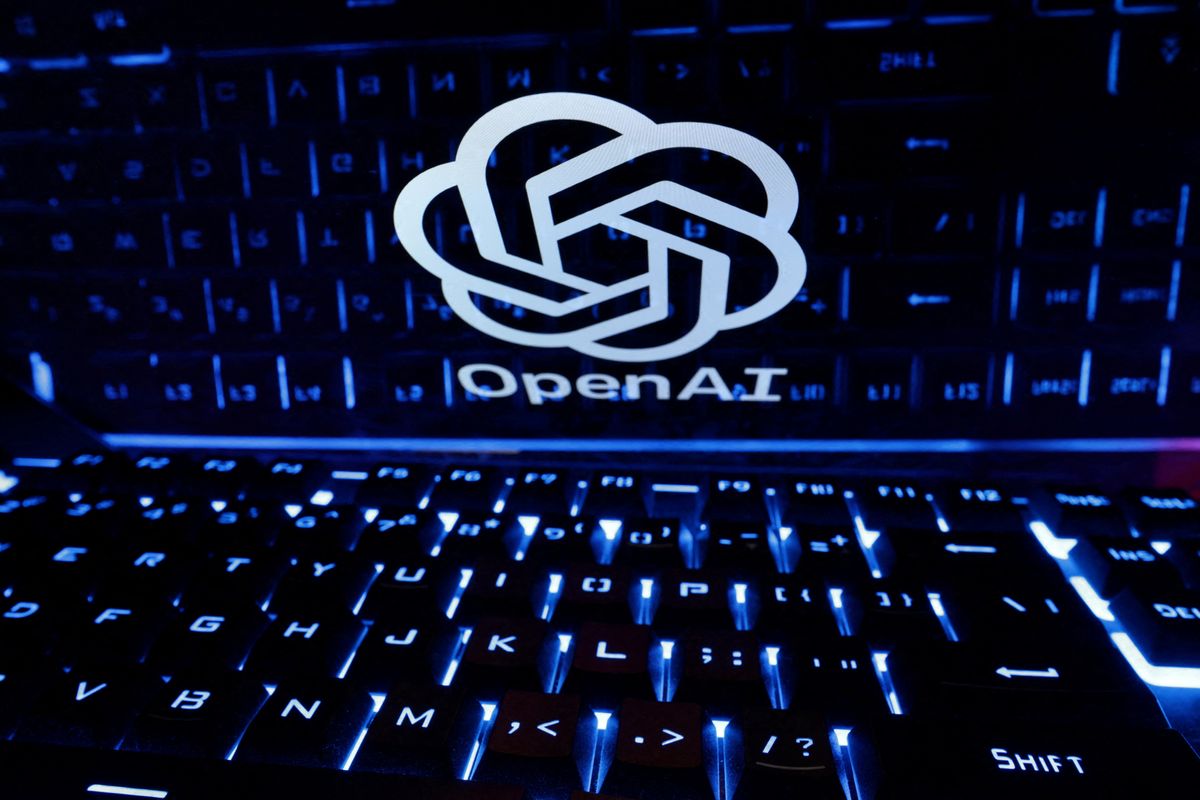Dall-E 3 is OpenAI's newest text-to-image AI that works with ChatGPT
OpenAI is now rolling out Dall-E 3, the latest version of its text-to-image tool.

A few minutes every morning is all you need.
Stay up to date on the world's Headlines and Human Stories. It's fun, it's factual, it's fluff-free.
The backstory: In the world of artificial intelligence (AI), OpenAI's ChatGPT has been making significant strides. Founded in December 2015, OpenAI is the powerhouse behind ChatGPT and various advanced AI technologies. From the get-go, its mission has revolved around ensuring that artificial general intelligence (AGI) benefits all of humanity.
OpenAI's mission extends to developing precise text-to-image AI tools, putting them in competition with players like Alibaba's Tongyi Wanxiang, Midjourney and Stability AI, all relentlessly improving their image-generating models.
Now, let's talk about DALL-E. It made its debut in January 2021, making it one of the earliest text-to-image generative AI art platforms. By 2022, OpenAI introduced DALL-E 2, but there was a waitlist to use it over concerns about explicit and biased image generation. But, the company opened up access to DALL-E 2 last September after adding safeguards to address those concerns.
More recently: AI-generated images have been quite a topic of discussion lately. In August, a Washington DC court delivered a ruling essentially saying that artworks created entirely by AI, with no human involvement, couldn't be copyrighted under US law.
Meanwhile, OpenAI has found itself entangled in some legal troubles. Earlier this week, a trade group representing several American authors sued the company. Well-known writers like John Grisham and George R.R. Martin are part of this lawsuit. They say OpenAI allegedly trained its chatbot, ChatGPT, using their works without authorization.This is just one among several cases brought against generative AI companies over intellectual property concerns from writers, source-code owners, visual artists and other creators.
The development: OpenAI is now rolling out Dall-E 3, the latest version of its text-to-image tool. What sets this upgrade apart is that it taps into the capabilities of its popular AI chatbot, ChatGPT, to supercharge image generation.
Starting in October, Dall-E 3 will be available for ChatGPT Plus and Enterprise customers via an application programming interface (API). Users can toss in image requests and fine-tune prompts by chatting with ChatGPT. As for when the general public can get their hands on it for free, OpenAI hasn't said anything on that yet.
OpenAI says that Dall-E 3 can turn complex requests into super-detailed and spot-on images. Plus, it’s added extra safety measures so that it won't generate anything violent, adult or offensive. It also has mechanisms to reject requests for images of public figures by name or mimic living artists' styles. To address copyright worries, OpenAI is giving creators the option to opt out of having their work used to train future text-to-image tools. This way, creators have more control over how their content gets used in the AI world.
Key comments:
"DALL-E 3 can translate nuanced requests into extremely detailed and accurate images," said OpenAI in a statement.
“When you put content on a social media site or any site, you’re generally granting a very broad license to the site to be able to use your content in any way,” said Katherine Gardner, an intellectual-property lawyer at Gunderson Dettmer. “It’s going to be very difficult for the ordinary end user to claim that they are entitled to any sort of payment or compensation for use of their data as part of the training.”
“My worst fears are that we cause, we the field, the technology, the industry, cause significant harm to the world,” said Sam Altman, CEO of OpenAI, in May while testifying before members of a Senate subcommittee about AI regulation. “I think if this technology goes wrong, it can go quite wrong.”




Comments ()